Dear Emilee,
I thought that we cannot get up earlier then we do every morning, but last Tuesday we started at 3:30 am. If we would get up any earlier than that, I would meet myself going to sleep!
We took a taxi ride to the train station in Nahariya. Dawn broke into the night in Haifa around 6:00 am and the first sunrays colored the sky orange by 7:00 am in Tel-Aviv.
We got off the train at the airport. In there, we rode a shuttle bus from the international terminal #3 to domestic terminal #1, where we went through security stations to the main waiting area. At gate #44, about 5 hours after we woke, we set with a coffee and a baked something for breakfast, waiting for our flight.
I had no idea where we were going and although I peeked through the camera bag, there were no visible signs.
We did not wait long. We boarded the Dash-8 quickly and settled in the last seat near the exit. The pilot announced our destination: Eilat.
At 15,000 feet, we saw the Dead Sea, Masada, and the Jordan River, clear as day. What a beautiful site. Eilat is the most southern city in Israel. It is on the northern tip of the Red Sea and is a tourist place. It borders with Jordan in the east and Egypt in the south.

An hour later, we were in Eilat terminal. We walked to the hotel seeing the sites and stopping for window-shopping. There are shops and open tables’ venders all along the beach where our hotel was located. Eilat has many water activities: Boats equipped with glass bottoms for you to watch the unusual colorful fish; beaches with soft sand; dolphins you can swim with, and wonderful ice-cream kiosks. We did none of these activities; instead, we walked slowly looked at things, and enjoyed the sun and the palm trees avenue.
The next morning, I found out the reason for the slow first day and the motivation for the training on Nahariya beach. The days of walking four or more kilometer a day paid off – we went to Petra, Jordan.
At 6:45, we crossed the border to Jordan.

The kingdom of Jordan located on the East side of the Jordan River across from Israel. Again, the passports were checked, but now the main language was Arabic. The pictures of King Abdullah and his late father, King Hussein, are on every wall, and the crown of the kingdom is on the top of the border gate.

During the two hours bus ride from the boarder to Petra, our guide explained much of the history of the Royal Family. He also told us about some of the geography of the desert that we drove by; the mountains were very colorful because of various types of soil and minerals in them. He reminded us that Petra now has the designation of one “of the wonders of the world”.
Many Bedouin tribes live in that desert and they herd goats, sheep, and camels. They live in tents with black tops and white sides but some were relocated to an enclosed village where houses were built for them by the government.
But the animals they herd run free alongside the road, like this baby camel.

We stopped in a store on the way, and I found a camel saddle to ride. It was just too big to carry back on the plane.

Petra - the Red Rock as my hosts call it – is hidden in the mountains of the Jordanian desert. An archeologist, who followed the legends of the desert people, discovered it. The original area was populated by people called Navatim and they made the place into a garden. They used rain and floodwater in very unusual ways to grow many fruits and vegetables; they buried their dead in carved tombs built in the red rock, and they lived in carved holes in the mountains.


They believed that the place was holy, so they carved their gods of stone in the rocks. Later on, the Egyptians and the Romans conquered Petra and added carvings of their own gods into the rocks.


The walk into Petra was all-downhill. We met many who took horse-and-buggy rides or rode horses instead of walking. But we had training! We walked the up-hill back as well and arrived at the bus just in time for lunch.
The ride back on the bus was very quiet. Most people were sleeping off the hard walk and the hot day. Again, we checked passports and cross the same border to Eilat, Israel.
The next day was a slow walk around the promenade; a flight to Tel-Aviv airport, in a jet this time, and a train ride home to Nahariya. Mrs. C. told me that she lived in Eilat 46 years ago, but it changed so much, that she could not find the path she used to take daily with her (then) new baby to the beach. But it was good to visit again.
Thanking God for the earlier training,
Your
in-shape-for-rock-climbing Reporter,
Flat Stanley





























































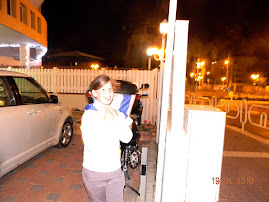+Yum+Ha-Atzmaut.jpg)














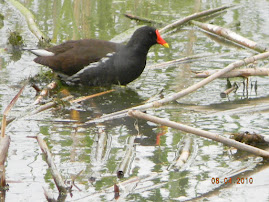.jpg)






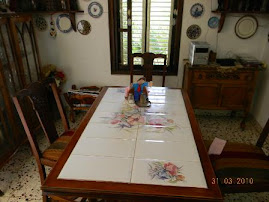.jpg)
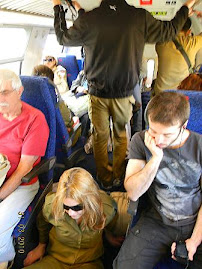.jpg)
.jpg)
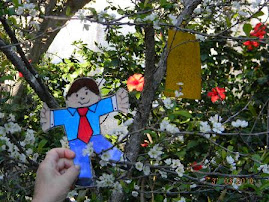.jpg)
.jpg)
.jpg)
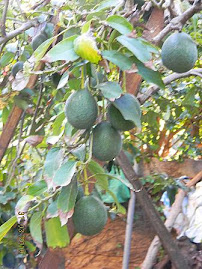.jpg)
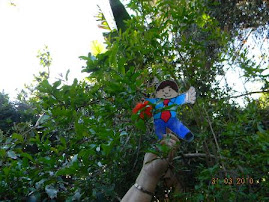.jpg)
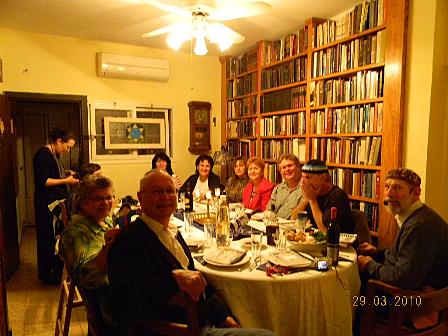.jpg)
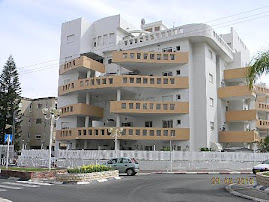.jpg)
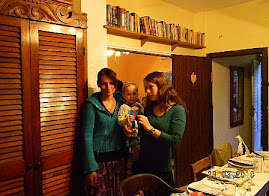.jpg)
.jpg)
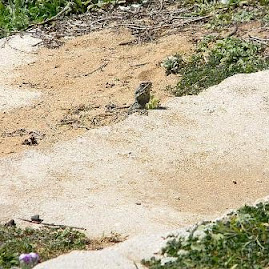.jpg)
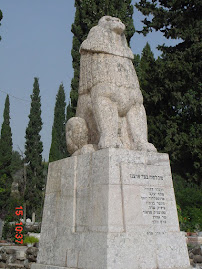.jpg)
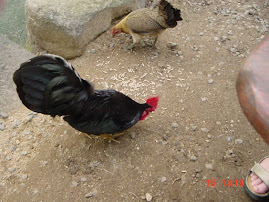.jpg)
.jpg)
.jpg)
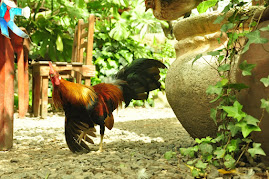.jpg)
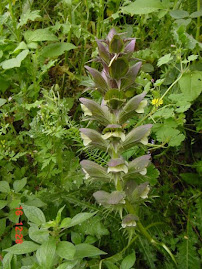.jpg)

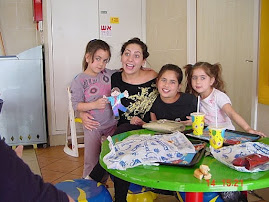.jpg)
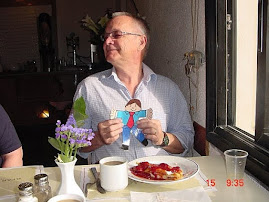.jpg)
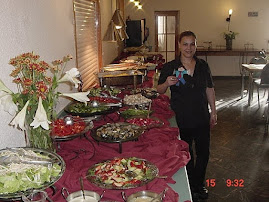.jpg)
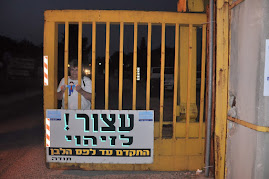.jpg)
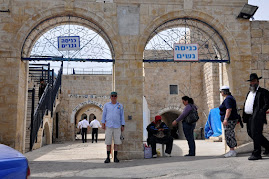.jpg)
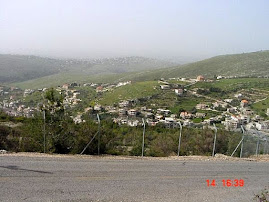.jpg)
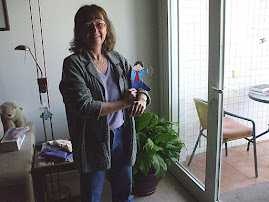.jpg)
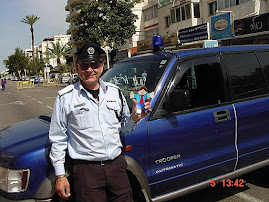.jpg)
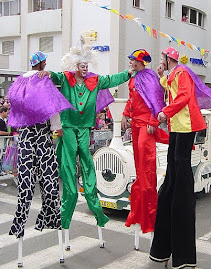.jpg)
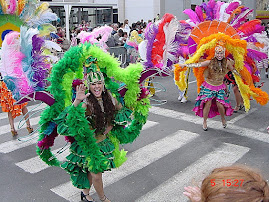.jpg)
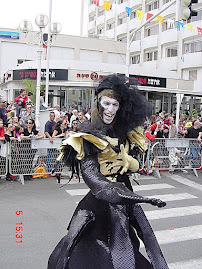.jpg)
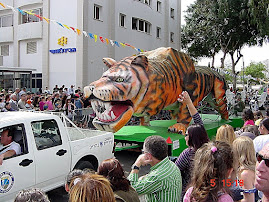.jpg)
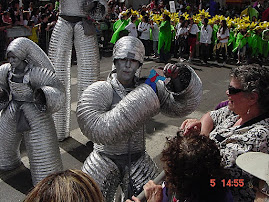.jpg)
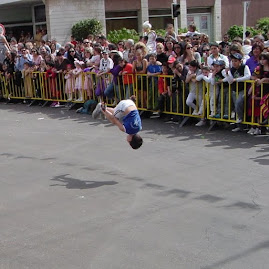.jpg)
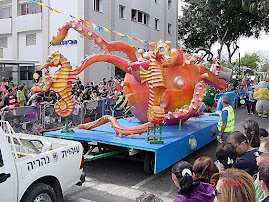.jpg)
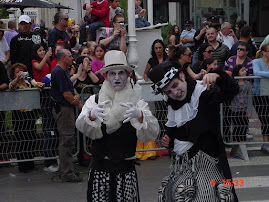.jpg)
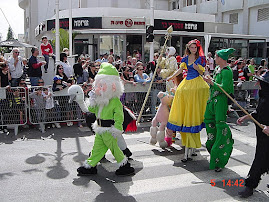.jpg)
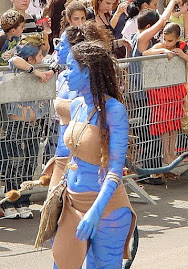.jpg)
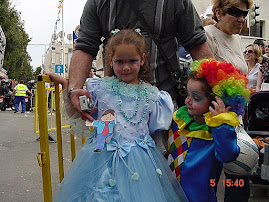.jpg)
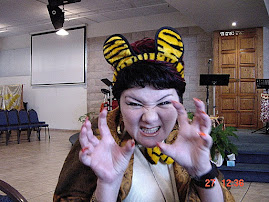.jpg)
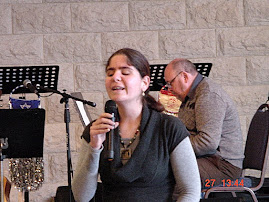.jpg)
.jpg)
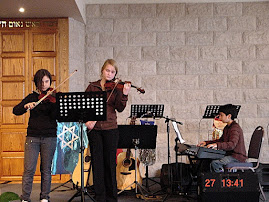.jpg)
.jpg)
.jpg)
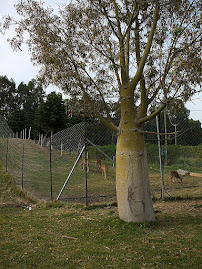.jpg)
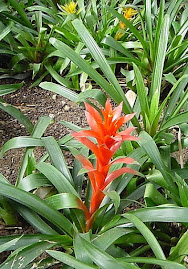.jpg)
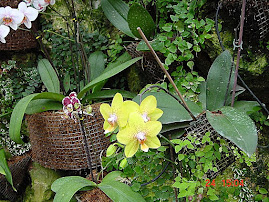.jpg)
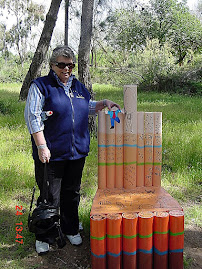.jpg)
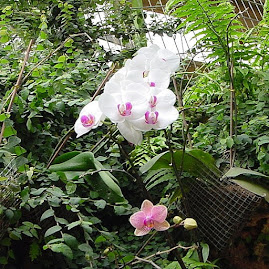.jpg)
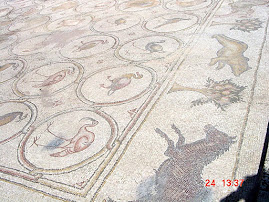.jpg)
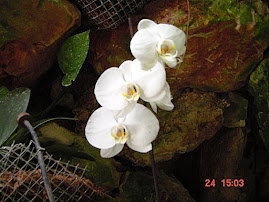.jpg)
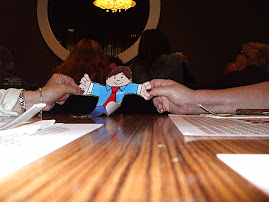.jpg)
.jpg)
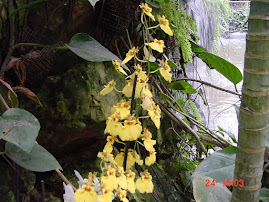.jpg)
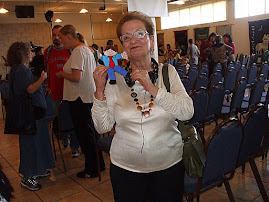.jpg)
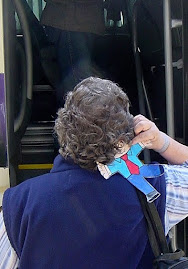.jpg)
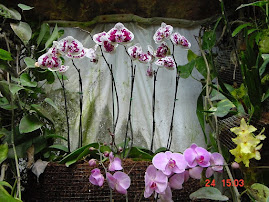.jpg)
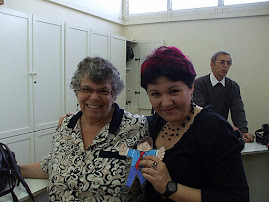.jpg)
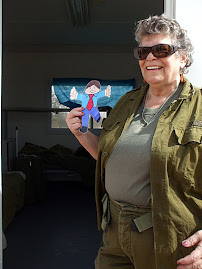.jpg)
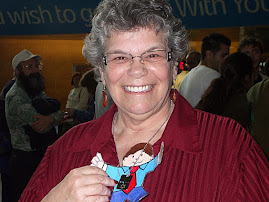.jpg)
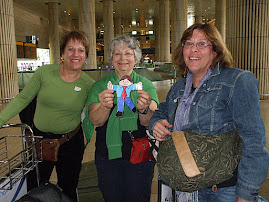.jpg)
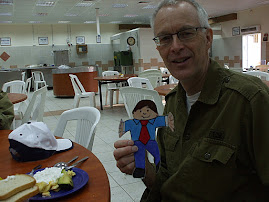.jpg)
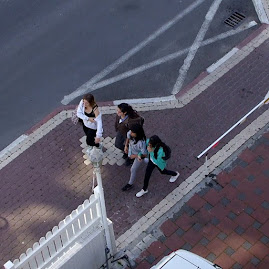.jpg)
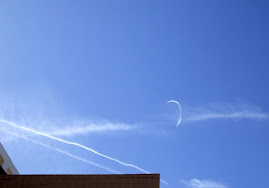.jpg)
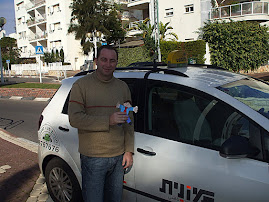.jpg)
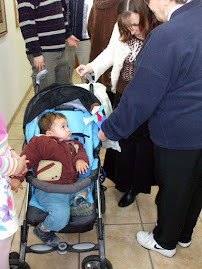.jpg)
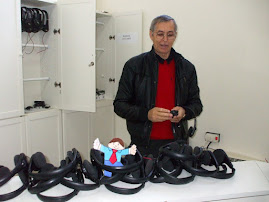.jpg)
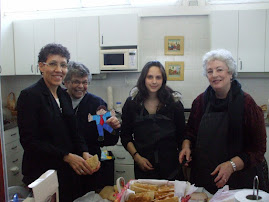.jpg)
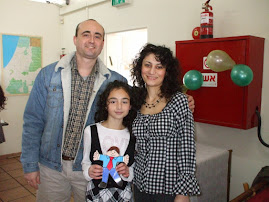.jpg)
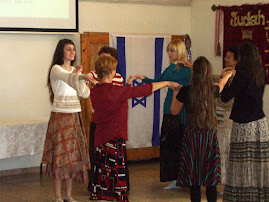.jpg)
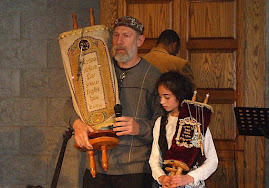.jpg)
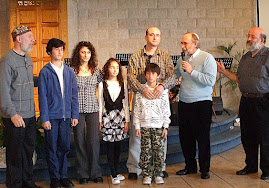.jpg)
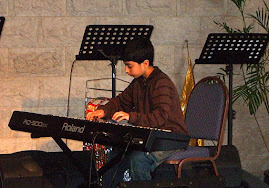.jpg)
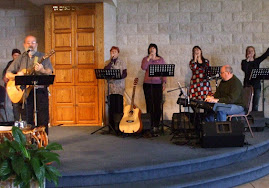.jpg)
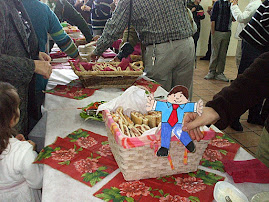.jpg)
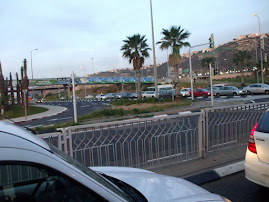.jpg)
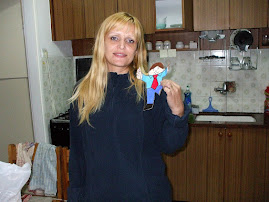.jpg)
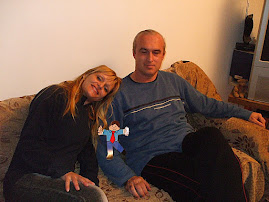.jpg)
.jpg)
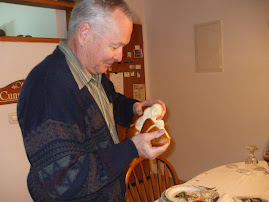.jpg)
.jpg)
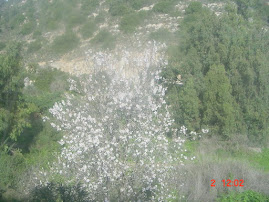.jpg)
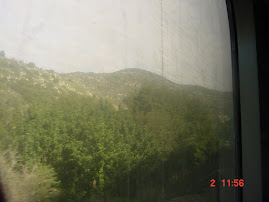.jpg)
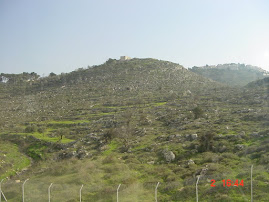.jpg)
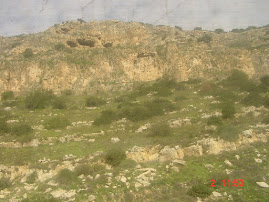.jpg)

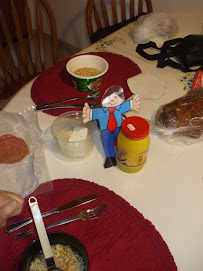.jpg)
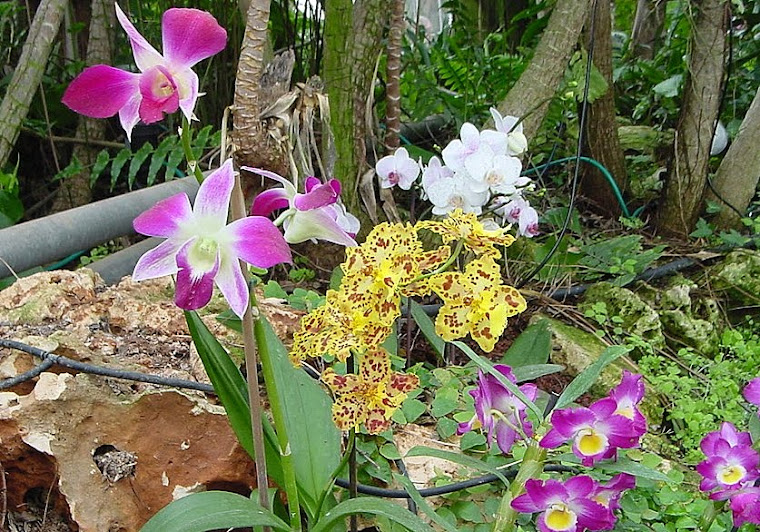.jpg)